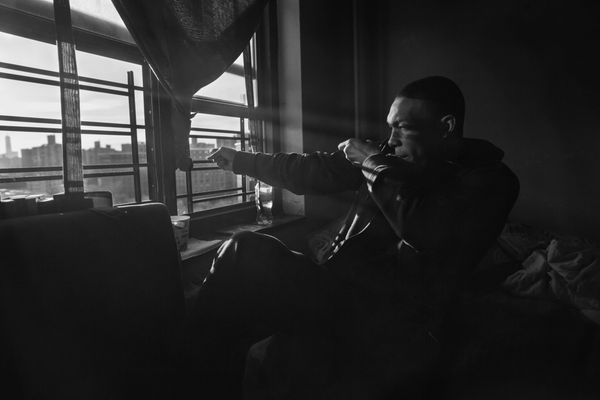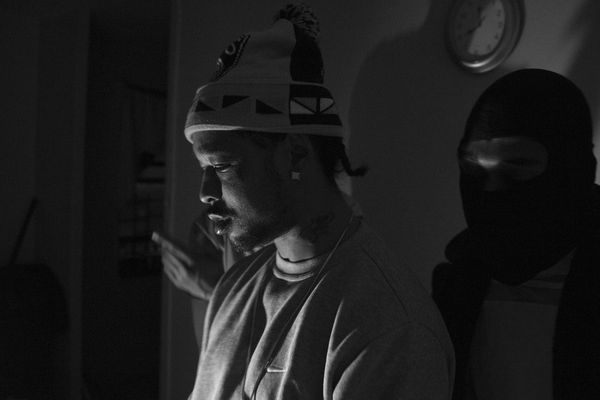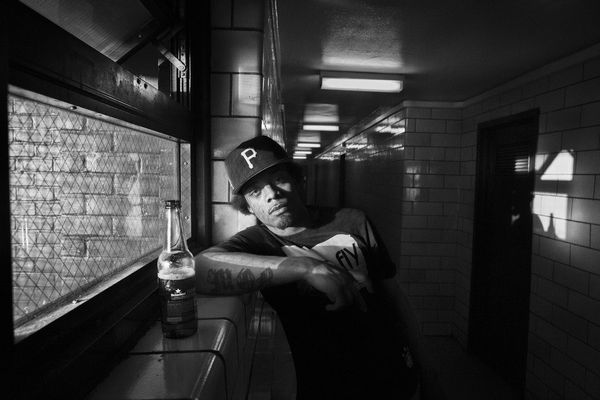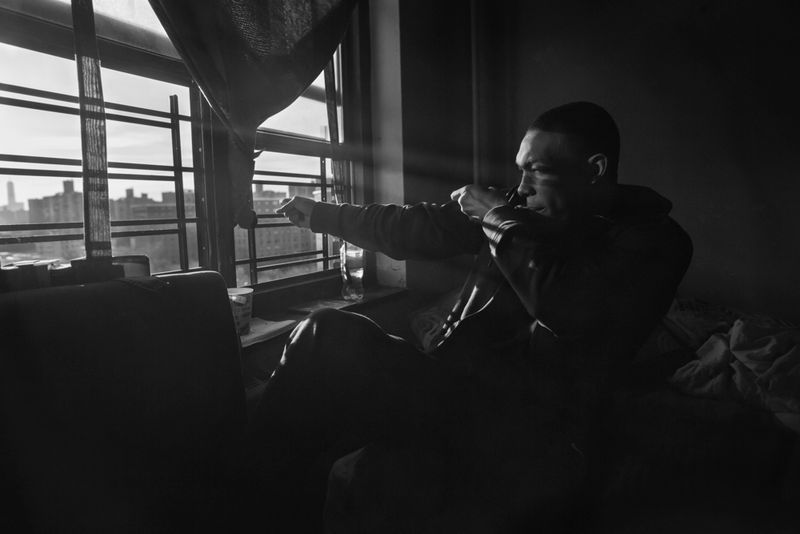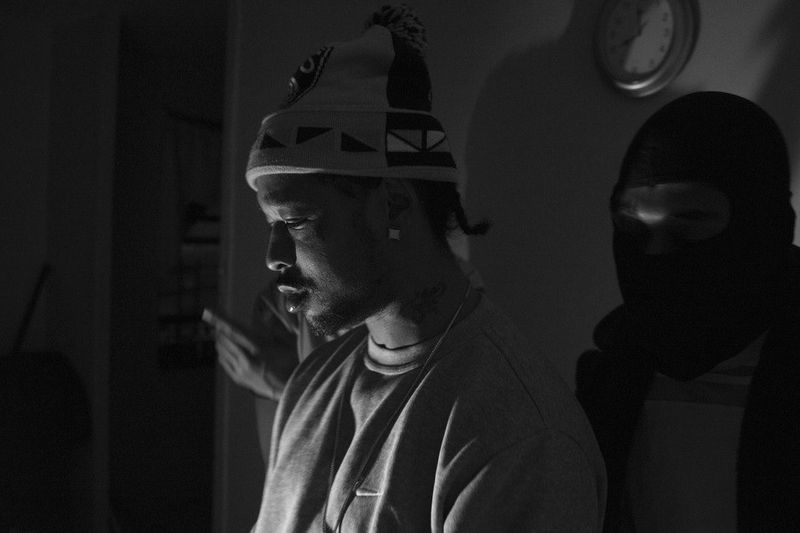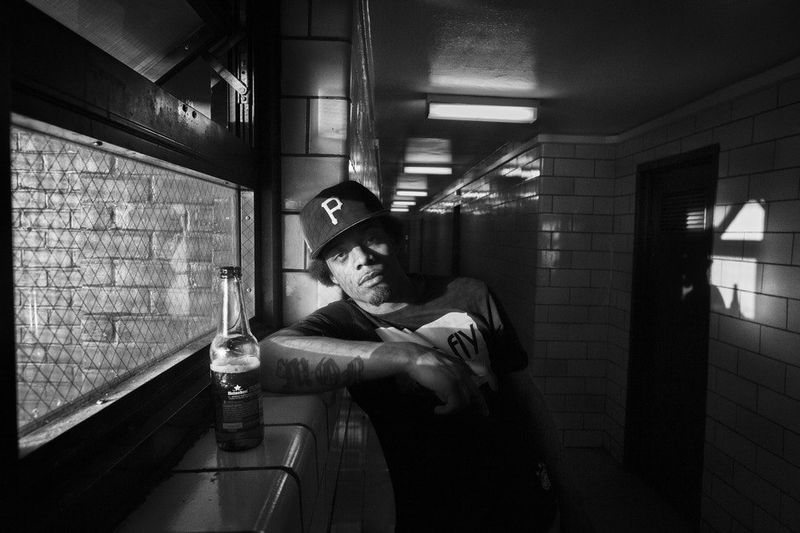Life inside New York City’s Most Notorious Gang
-
Published1 Apr 2016
-
Author
Colombian photographer Nicolas Enriquez delves into the everyday gang culture of the Latin Kings, revealing an intimate story of solitude, oppression, and survival.
Colombian photographer Nicolas Enriquez delves into the everyday gang culture of the Latin Kings, revealing an intimate story of solitude, oppression, and survival.
Drawn to people and communities living in extreme conditions, Nicolas Enriquez embarked on a project that explores life inside one of the largest and most organised gangs in the United States. Titled The Bloodline, the story exposes the intimacy and naivety of teenagers who have been forced into a hostile gang environment, drawing attention to the happiness, unity, and respect they show each other during times of solitude and oppression. PHmuseum spoke with Enriquez about his inspiration, how the series evolved, and how he gained access to the notorious gangsters.
First of all, can you tell us a little bit about how you came to photojournalism?
I always had a need to report - I've always been very curious and photojournalism helped me focus this curiosity into something and produce a body of work or a story with it. I decided to go to New York and study photography at ICP (International Center of Photography) in 2013 when I was 20 years old. I did a one year program in photojournalism and documentary photography, which helped me build an idea of how to develop stories.
How do you think living in New York has influenced your photography?
Living in New York has been an amazing experience. I think New York doesn't really help you - it's a city that requires you to push your efforts to the limit, and even then, do more and more work. You really need to work hard to make yourself, or your work stand-out, and I think this is how NYC has influenced my career. It has helped me to push my boundaries of learning and empowered me to work to a fast-paced rhythm.
Can you tell us how your project, The Bloodline, evolved?
The Bloodline was an idea I had before coming to New York. I had a very clear image of New York that had been shaped by television, movies and advertisements, and when I arrived I really wanted to challenge this image and see how the city works behind the concrete walls and the Times Square curtain. I decided to document members of a gang, so I started going to places that appeared in the newspapers or on tv news channels and even googled places in New York that are known for gang violence. I visited almost all of these places and started talking to people. Finally after 4 - 5 months of trying and trying, I was able to start shooting the Latin Kings. I ended up photographing them for almost 2 years, documenting their daily life, happiness, and unity as well as their struggle to survive in the concrete jungle.
How did you find the people who are gang members? How was your experience gaining access to their lifestyle?
I walked and talked to people in several neighbourhoods in New York whilst working on a project in which I would interview the person, take a quick portrait, and ask key questions to see if there was any gang affiliation or if they knew anyone who was a gang member. I was always very honest with what my intentions were, which of course led to rejection several times until I finally met someone who was part of the Latin Kings gang. He allowed me to follow him around, taking photos of him. I was slowly able to start approaching more and more gang members until I got full access to them.
Do you intend to continue working in your native Colombia?
I actually just finished a project in Colombia. I travelled to Toribio, a region controlled by the NASA indigenous people that has been under attack by State Militia and illegal armed groups. I decided to travel there to capture the population and I ended up staying 2 months documenting the economic survival of this town, which is mainly based on illegal marijuana and cocoa fields. These indigenous farmers grow these plants because they have very few choices about what to sell - transportation to the area is very expensive and risky, so two of the only products that actually builds an income are marijuana and cocoa. I was interested in what the first steps of a billion dollar business are and also how this population is pushed to grow illegal crops because of the lack of government support and the armed conflict.
As an emerging photographer, could you tell us what photographers have influenced your photographic work?
I've been strongly influenced by the work of Andrew Lichtenstein, an American photographer with an amazing heart. I was very lucky to have him as my teacher and he's now a friend of mine. The work of Joe Rodriguez also inspires me, and last but not least Stephen Ferry, who has done amazing work, from corner to corner, about Colombia's armed conflict and it's history.
--------------
Nicolas Enriquez is a Colombian photographer currently living in New York. His work mainly focuses on urban conflict and political and human rights issues. Follow him on Twitter and Instagram.
Verónica Sanchis Bencomo is a Venezuelan photographer and curator based in Hong Kong. In 2014, she founded Foto Féminas, a platform that promotes the work of female Latin American and Caribbean photographers.
